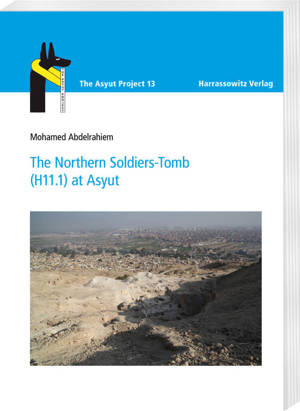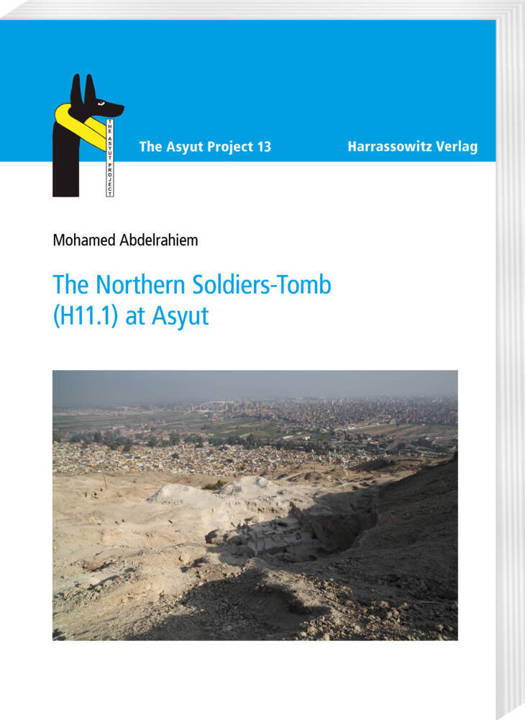
- Afhalen na 1 uur in een winkel met voorraad
- Gratis thuislevering in België vanaf € 30
- Ruim aanbod met 7 miljoen producten
- Afhalen na 1 uur in een winkel met voorraad
- Gratis thuislevering in België vanaf € 30
- Ruim aanbod met 7 miljoen producten
Zoeken
Omschrijving
Since 2003, the Egyptian-German team of The Asyut Project has been working on Gebel Asyut al-gharbi close to the modern city of Asyut. One of the areas investigated is a tomb known as Northern Soldiers-Tomb (H11.1) due to its painted decoration of marching warriors. The tomb has severely suffered from extensive quarrying activities in the past so that today only parts of the walls and the subterranean burial chambers are still preserved. The fieldwork conducted by The Asyut Project focussed on cleaning the inner hall and the shafts, consolidating the tomb's decoration and preparing facsimiles as well as plans and sections of its architecture. Mohamed Abdelrahiem presents the results of these works in this volume of the Asyut Project series. He gives a thorough description of the tomb's architecture and decoration, details its long research history and introduces a selection of finds that demonstrate the long-term usage of the Asyutian necropolis. Based on the evidence gained through his work, Mohamed Abdelrahiem is able to date the tomb and identify its owner. Furthermore, he highlights the tomb's extensive re-use as a burial ground: constructed originally in late Dynasty 11, the Northern Soldiers-Tomb houses several shafts and small niches that contained remains of burial equipment from later periods, especially from the Middle Kingdom and Roman-Byzantine times.
Specificaties
Betrokkenen
- Auteur(s):
- Uitgeverij:
Inhoud
- Aantal bladzijden:
- 110
- Taal:
- Engels
- Reeks:
- Reeksnummer:
- nr. 13
Eigenschappen
- Productcode (EAN):
- 9783447114318
- Verschijningsdatum:
- 24/06/2020
- Uitvoering:
- Paperback
- Formaat:
- Trade paperback (VS)
- Afmetingen:
- 175 mm x 245 mm
- Gewicht:
- 326 g

Alleen bij Standaard Boekhandel
+ 154 punten op je klantenkaart van Standaard Boekhandel
Beoordelingen
We publiceren alleen reviews die voldoen aan de voorwaarden voor reviews. Bekijk onze voorwaarden voor reviews.








